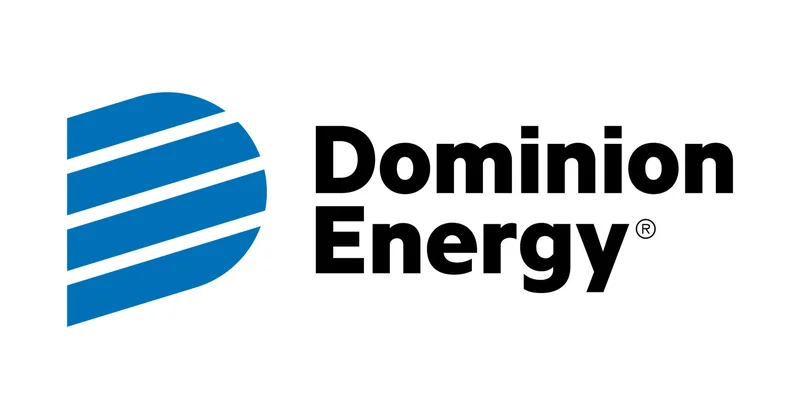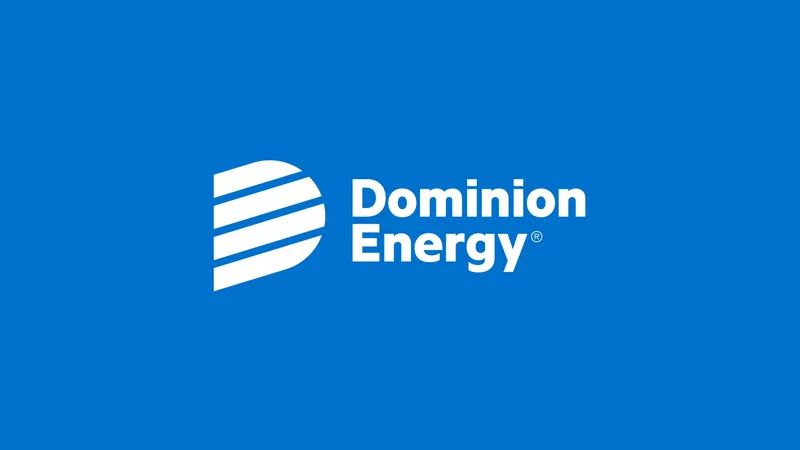Article Directory
Last week, under what I can only imagine was a crisp South Carolina sky, a group of engineers and executives gathered to unveil a bronze plaque. On the surface, it was a simple ceremony. The American Society of Civil Engineers was officially designating the Dreher Shoals Dam—a colossal earthen wall holding back the 763 billion gallons of Lake Murray—as a National Historic Civil Engineering Landmark. (Lake Murray Dam Dedicated as National Historic Civil Engineering Landmark) A nice, respectable honor for a nearly 100-year-old piece of infrastructure.
Most people would see this and think, "Huh, that's neat," and move on. They’d see a tribute to the past, a final, gilded acknowledgment of a job well done a century ago. But when I saw the pictures of that plaque, I didn't see an ending. I saw a beginning. I saw a powerful, almost poetic, statement about where we are and where we’re going.
Because honoring this dam in 2025 isn't about celebrating a relic. It’s about recognizing a blueprint. It’s a story about how one generation’s audacious, seemingly impossible project becomes the foundation for the next generation's revolution.
The First Moonshot Was Made of Earth
Let’s be clear: what they did in 1930 was insane. In an era of steam shovels and sheer grit, they built the largest earthen dam in the world. It’s a structure so vast it’s hard to comprehend—a mile and a half long, over 200 feet high. This wasn't just an infrastructure project; it was a declaration of ambition. It was the 1930s equivalent of a moonshot, a monumental effort to tame a river and, in doing so, electrify a huge swath of rural South Carolina for the very first time.
Think about that for a second. We’re not talking about faster internet or a better phone. We’re talking about the arrival of light itself. The project created the world's largest power reservoir, a battery of unimaginable scale for its time. It was a paradigm shift etched into the very landscape. This is the kind of breakthrough that reminds me why I got into this field in the first place—the raw, visceral power of engineering to fundamentally reshape human lives for the better.
So, what does it mean to honor that legacy today? Is it just a nostalgic look back? Or is it a reminder of the kind of courage and vision required to build the future? The company that now stewards this dam, Dominion Energy, seems to have chosen the latter. They’re treating that plaque not as a tombstone for a bygone era, but as a baton being passed.

From Taming Rivers to Harvesting the Sky
And this is where the story gets truly exciting. While Dominion was polishing that historic plaque in South Carolina, a very different kind of engineering marvel was taking shape off the coast of Virginia. The company is in the middle of a staggering $50 billion capital investment in clean energy, and its crown jewel is the Coastal Virginia Offshore Wind (CVOW) project. At 2.6 gigawatts, this project will power 660,000 homes—it is, in every sense, the modern echo of the Dreher Shoals Dam's ambition.
But they aren’t just buying turbines from overseas and plugging them in. They’re building the entire ecosystem from the ground up, right here in America. They commissioned and now operate the Charybdis, the first-ever American-built, American-crewed wind turbine installation vessel. This is a critical point. The Charybdis is a self-elevating jack-up ship—in simpler terms, it’s a gigantic, mobile construction platform that can sail out to sea, lift itself out of the water on massive legs, and build wind turbines with incredible precision. Building this vessel wasn't just a choice; it was a strategic masterstroke, a commitment to creating domestic expertise and a new American industry.
The scale of this pivot is just breathtaking—they're moving from a 100-year-old hydroelectric marvel to a futuristic fleet of sky-scraping ocean turbines, and they're doing it with the same spirit of world-class, groundbreaking engineering. This isn't some tentative, greenwashed PR campaign. Wall Street sees it. Analysts at Morgan Stanley and Barclays are raising their targets, not just because of some feel-good story, but because of the massive, undeniable demand from a new kind of customer: the hyperscale data centers that power our digital world. Virginia's data centers are hungry for clean, reliable power, and Dominion is building the machine to feed them. (Dominion Energy Stock Primed for Rally as Analysts Hike Targets on Renewables Boom)
This creates a beautiful, symbiotic loop. The technology of the future (AI, cloud computing) is creating the economic demand necessary to fund the energy infrastructure of the future (offshore wind, solar). It’s a perfect illustration of how progress isn't a straight line, but a constantly accelerating cycle of innovation feeding innovation.
Of course, with this immense power comes immense responsibility. The engineers of 1930 had to ensure their dam would hold for a century. The engineers of today must build a grid that is not only powerful and clean but also resilient and equitable. The challenge is different, but the fundamental contract with society—to safely and reliably improve lives—remains exactly the same.
The Unbroken Line of Ambition
So, when I look at that new bronze plaque on that old earthen dam, I see more than just history. I see a connection. I see an unbroken line of ambition stretching from the past, through our present, and pointing directly toward a cleaner, brighter future. The materials have changed—from earth and concrete to steel and silicon—but the fundamental human drive to build a better world remains the same. The plaque isn't a memorial. It's a milestone, a reminder that the audacious spirit that electrified one state a century ago is the same spirit we need now to power an entire planet. And we're already building it.




